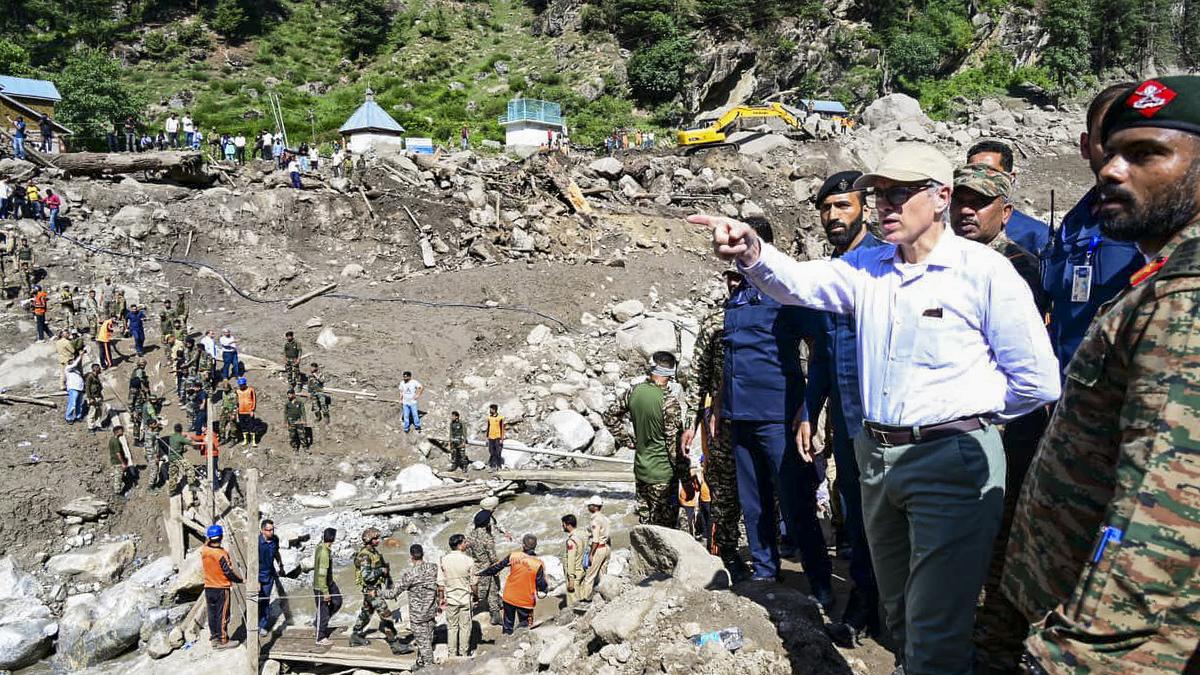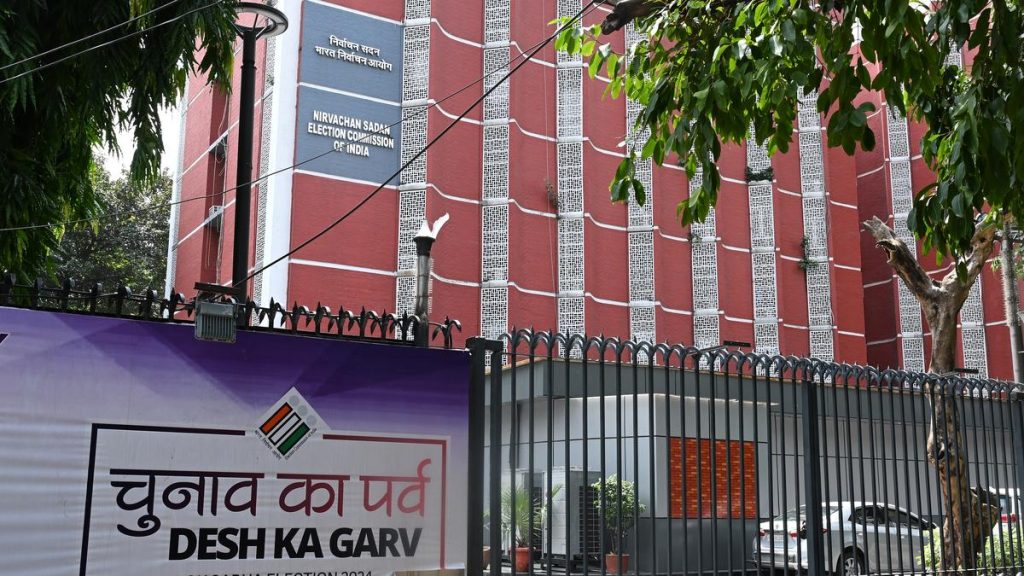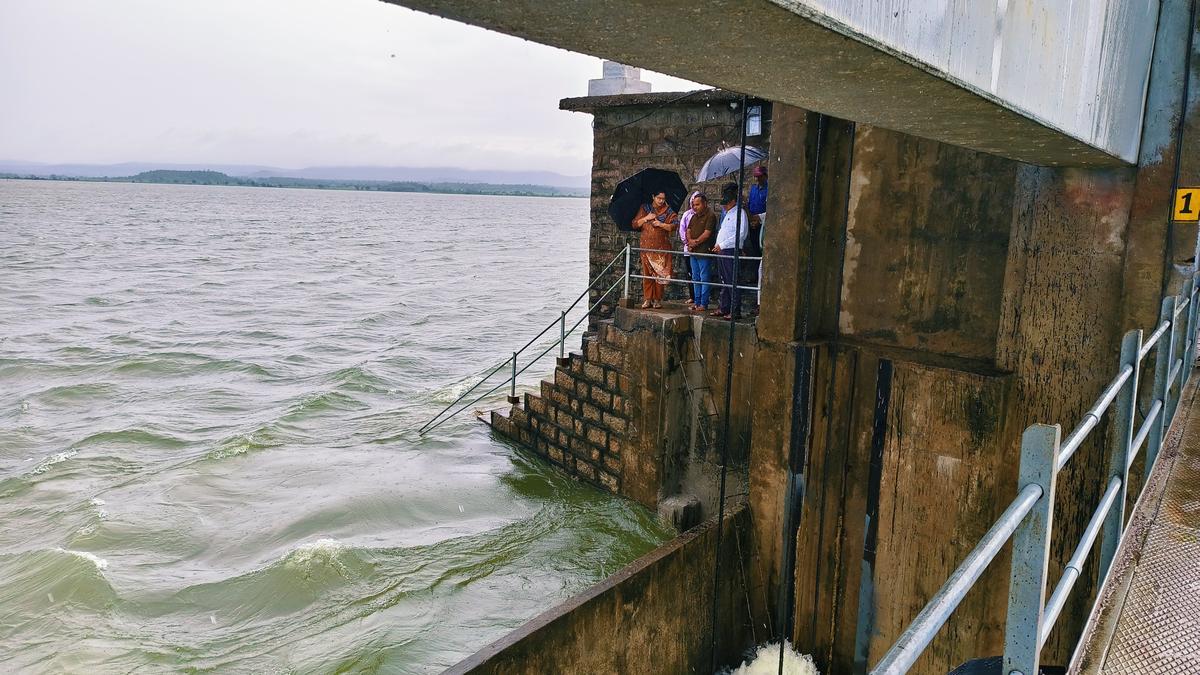Now Reading: J&K CM Omar Abdullah Stresses Expert Consultation for Himalayan Risk Mitigation
-
01
J&K CM Omar Abdullah Stresses Expert Consultation for Himalayan Risk Mitigation
J&K CM Omar Abdullah Stresses Expert Consultation for Himalayan Risk Mitigation

Rapid Summary
- Jammu and Kashmir Chief Minister Omar Abdullah visited Chisoti village in Kishtwar district after a cloudburst triggered flash floods on August 14, 2025.
- The disaster killed around 60 people, injured over 100, and left approximately 80 individuals missing according to family reports.Numbers may change due to limited communication in the affected area.
- Abdullah highlighted the increasing vulnerability of the Himalayan region to glacial lake bursts and cloudbursts, urging consultation with experts for risk mitigation.
- He acknowledged weather-related concerns across Jammu & Kashmir, Himachal Pradesh, and Uttarakhand due to freak events like cloudbursts.
- Discussions on perhaps regulating pilgrimages to mountainous regions were raised but deferred pending consultations with local religious leaders. Past pilgrimages involved smaller groups compared to current thousands of visitors.
- The Chief Minister stressed ongoing recovery efforts while warning against taking preliminary numbers as final.
Indian Opinion Analysis
The devastating impact of the Kishtwar flash floods underscores the pressing need for proactive climate adaptation strategies specific to high-altitude ecosystems like those in Jammu & Kashmir and neighboring Himalayan states. While natural calamities such as cloudbursts are arduous to predict precisely, coordinated action involving environmental experts could help reduce risks tied to glacial lake bursts or erratic weather patterns.
Experts might explore infrastructure safety upgrades for pilgrimage routes or introduce regulated access systems without impeding religious sentiments-a sensitive balancing act suggested by Mr. Abdullah’s remarks. With similar disasters occurring more frequently across Himachal Pradesh and Uttarakhand during monsoons, this highlights broader vulnerabilities demanding collective regional governance frameworks focused on resilience-building measures.
Read more: Jammu & Kashmir News






















